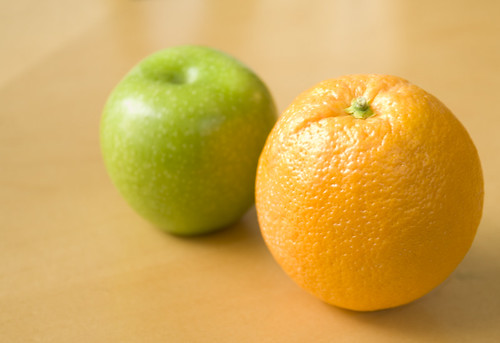Elements and Principles of Design
5.0(1)
Card Sorting
1/19
Earn XP
Description and Tags
Study Analytics
Name | Mastery | Learn | Test | Matching | Spaced |
|---|
No study sessions yet.
20 Terms
1
New cards
Elements of Design
1. Line
2. Form/Shape
3. Texture
4. Color
2. Form/Shape
3. Texture
4. Color
2
New cards
Line
Directs the eye to follow. There are several types: horizontal, vertical, etc.

3
New cards
Shape
A 2D contained area that can be man made or natural. It is created when a line is enclosed and has height and width dimensions.

4
New cards
Form
A 3D contained area that can be man made or natural. It is created when a form encloses volume and has height, width, and depth dimensions.

5
New cards
Texture
The appearance of how a surface feels. Examples include rough, smooth and sharp.
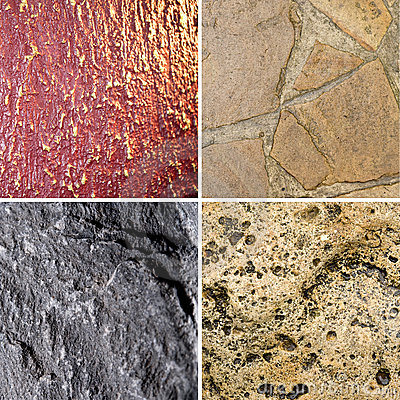
6
New cards
Color
Used to alter the overall mood/feeling of a design. There are three characteristics: hue, saturations, and temperature.

7
New cards
Warm Colors
•Orange, red and yellow colours
(Colors that make you think of warm things - sunlight, fire, heat)
(Colors that make you think of warm things - sunlight, fire, heat)
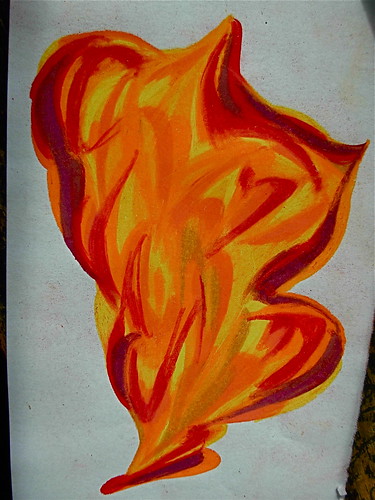
8
New cards
Cool Colors
•Blue, green, purple
(Colors that calm - water, sky, ice, snow)
(Colors that calm - water, sky, ice, snow)

9
New cards
Pattern
An element that occurs over and over again in a design, repeats an element in a consistent way.
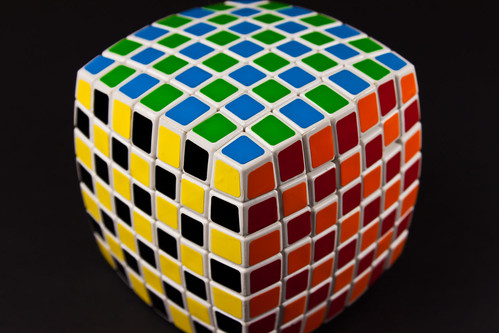
10
New cards
Principles of Design
Emphasis
Balance
Unity
Contrast
Movement/Rhythm
Pattern
Scale/Proportion
Balance
Unity
Contrast
Movement/Rhythm
Pattern
Scale/Proportion
11
New cards
Emphasis
Creates a focal point to pull the viewer's eye to an important part of the design. The object which catches our attention first.
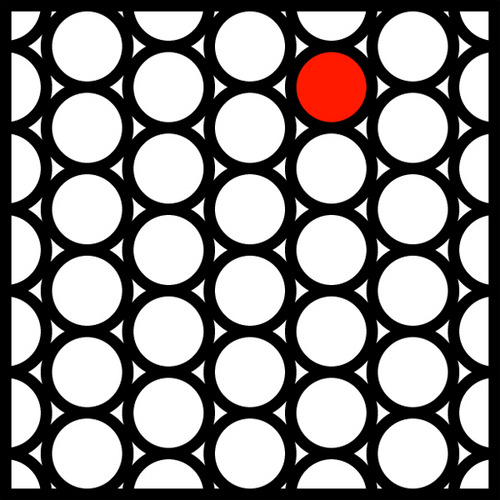
12
New cards
Symmetrical balance
Two halves of a style; form a mirror image of one another.
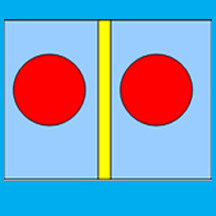
13
New cards
Radial Balance
Distribution of components in a circular pattern around a center point
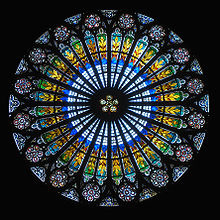
14
New cards
Asymmetrical Balance
When objects are placed unequally on either side of an imaginary vertical line in the center of the page.
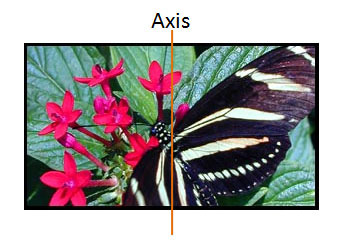
15
New cards
Unity
Possesses a sense of completion. Separate components are linked, similar, and in common and come together to equal a whole.
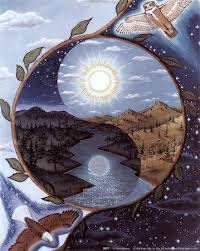
16
New cards
Proportion or Scale
Compares the relative size of various elements in a design. Compares objects or parts, of a whole design.

17
New cards
Pattern
An element that occurs over and over again in a design, repeats an element in a consistent way.
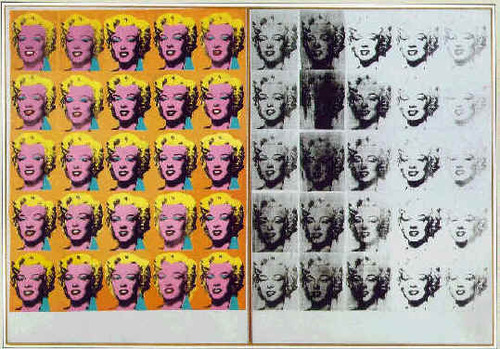
18
New cards
Balance
Gives the impression of stability or equality in composition.
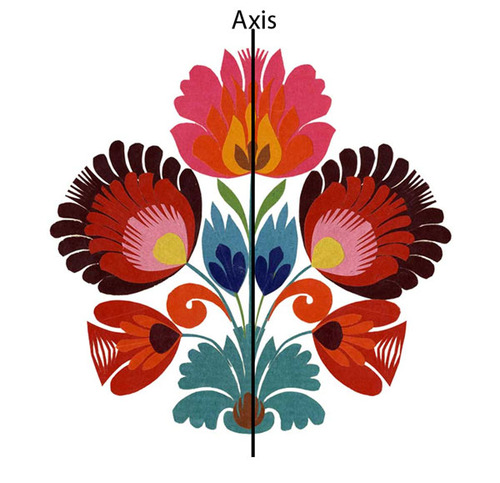
19
New cards
Movement or Rhythm
Motion that leads the eye from one element to another through curves, arrows, or other objects.
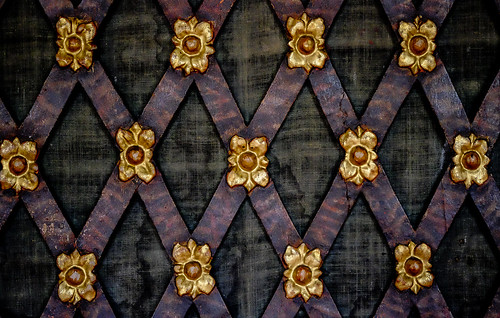
20
New cards
Contrast
The use of opposites and differences in composition. Achieved by using different shapes, textures, or colors.
